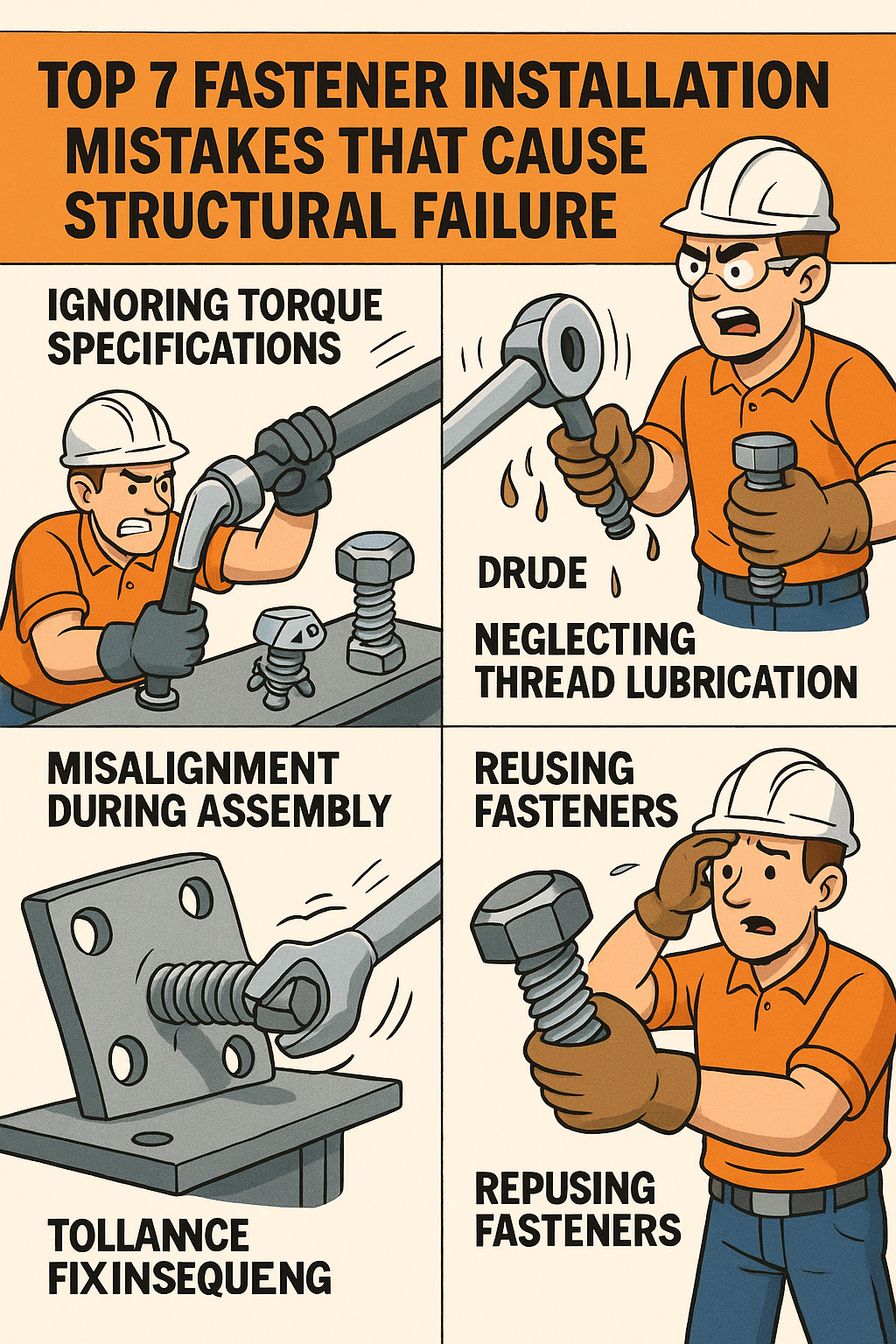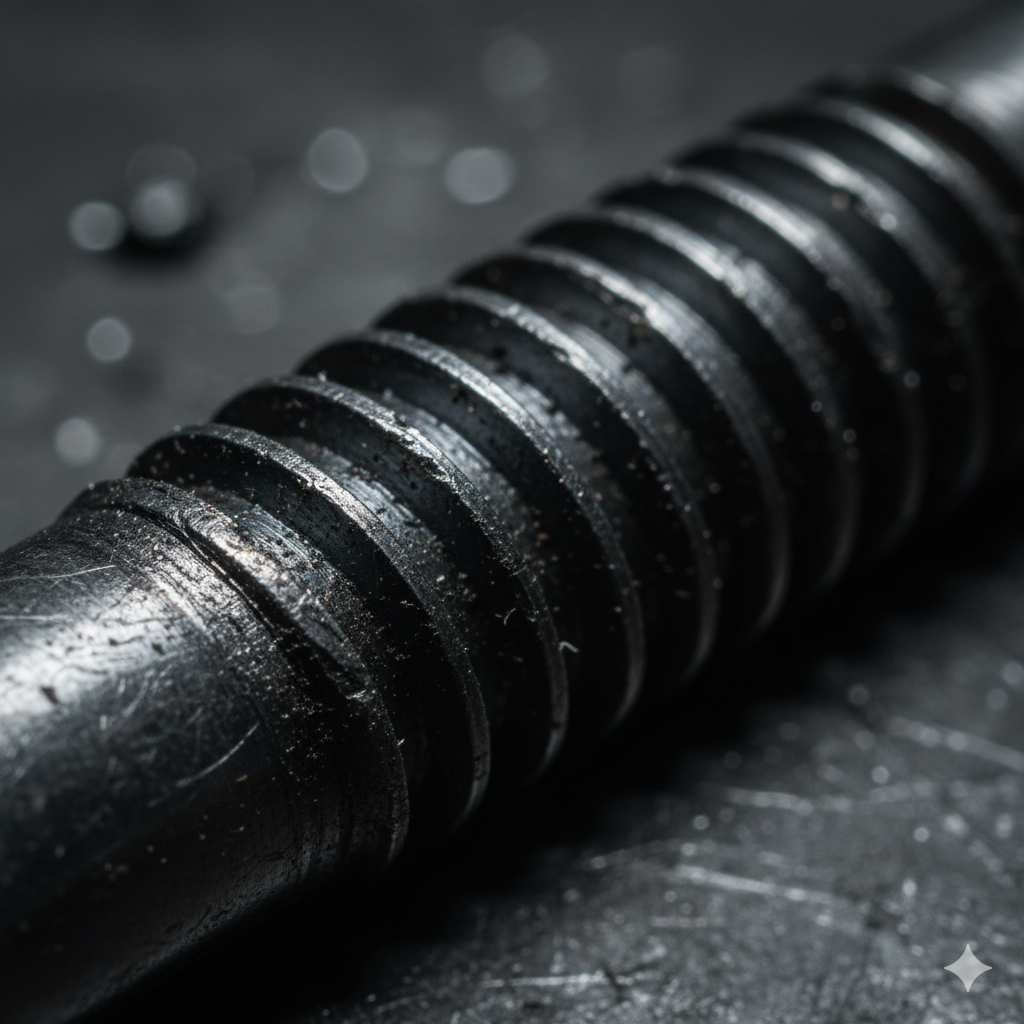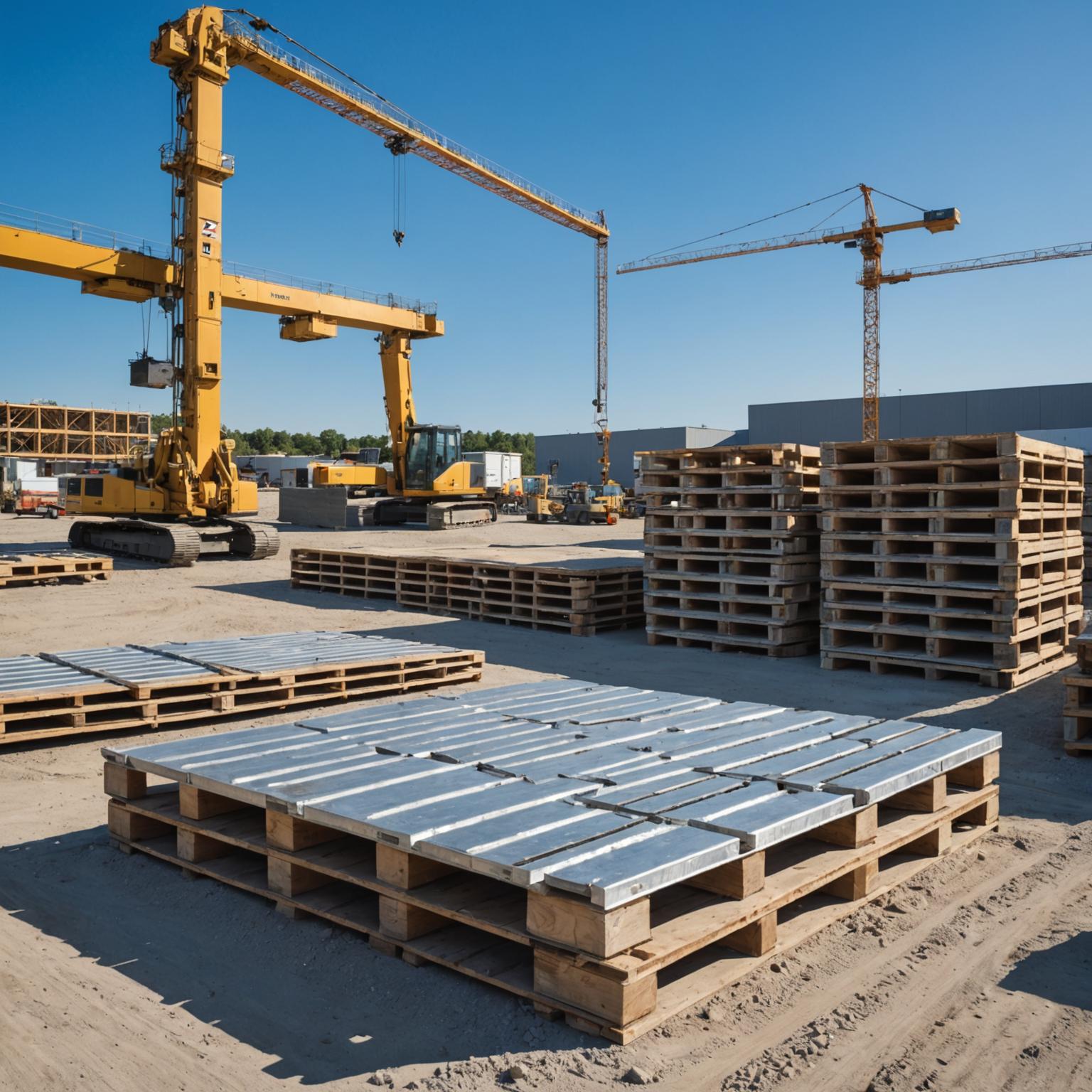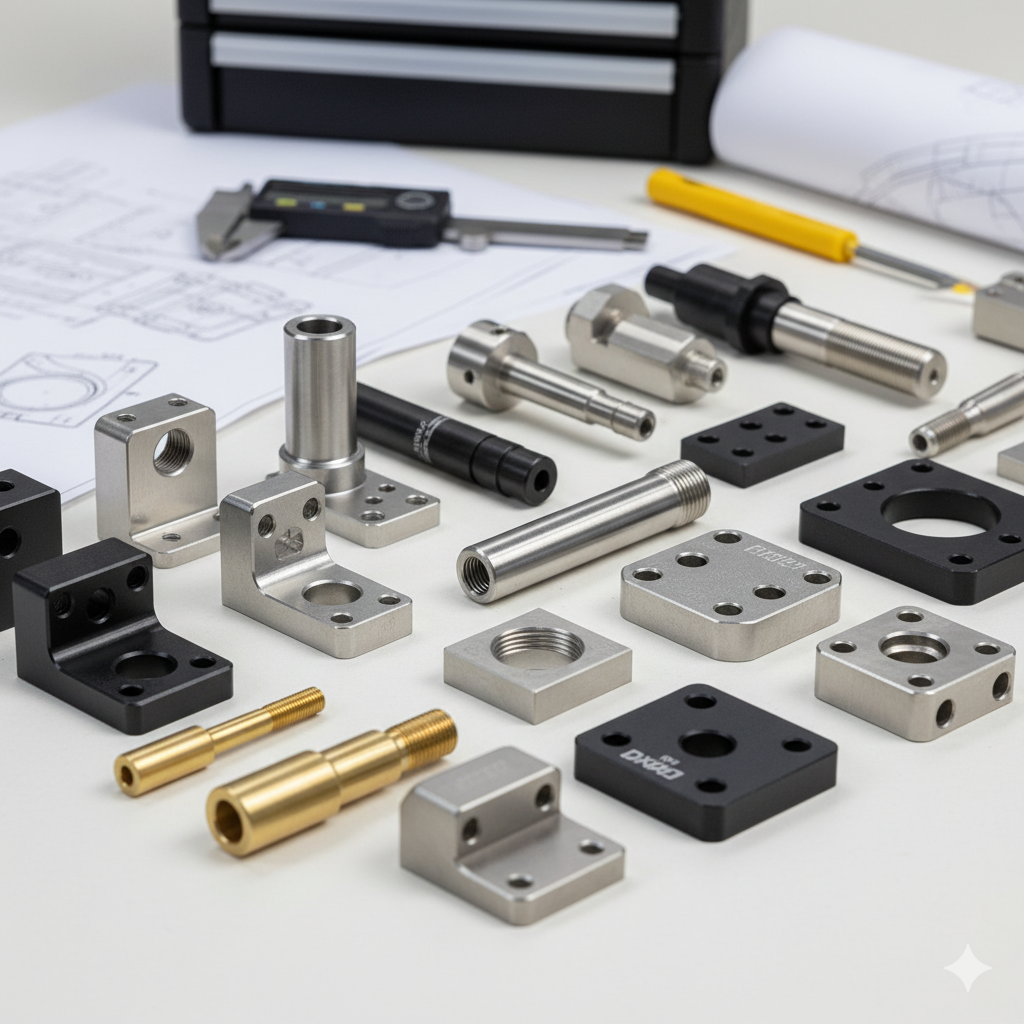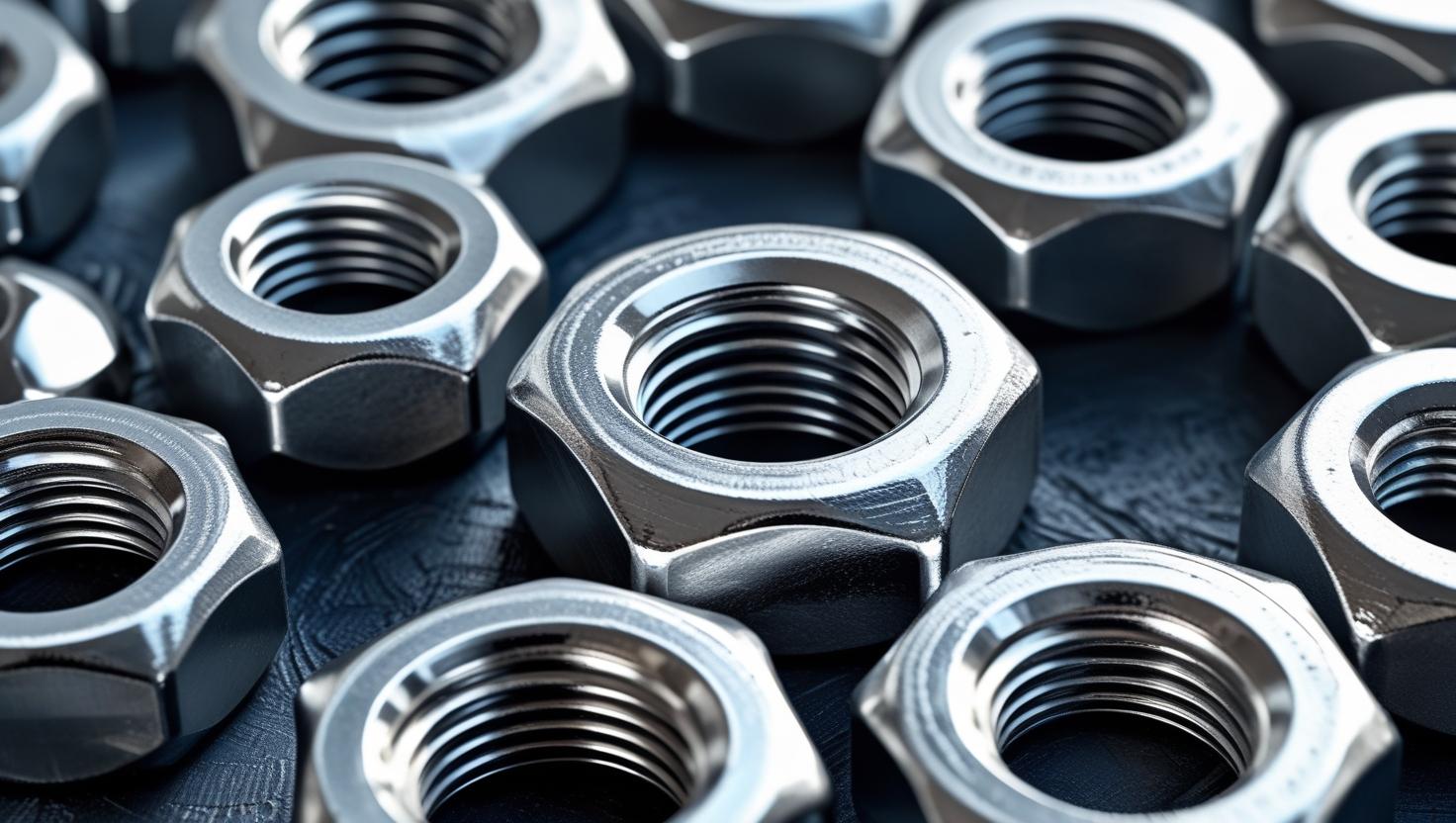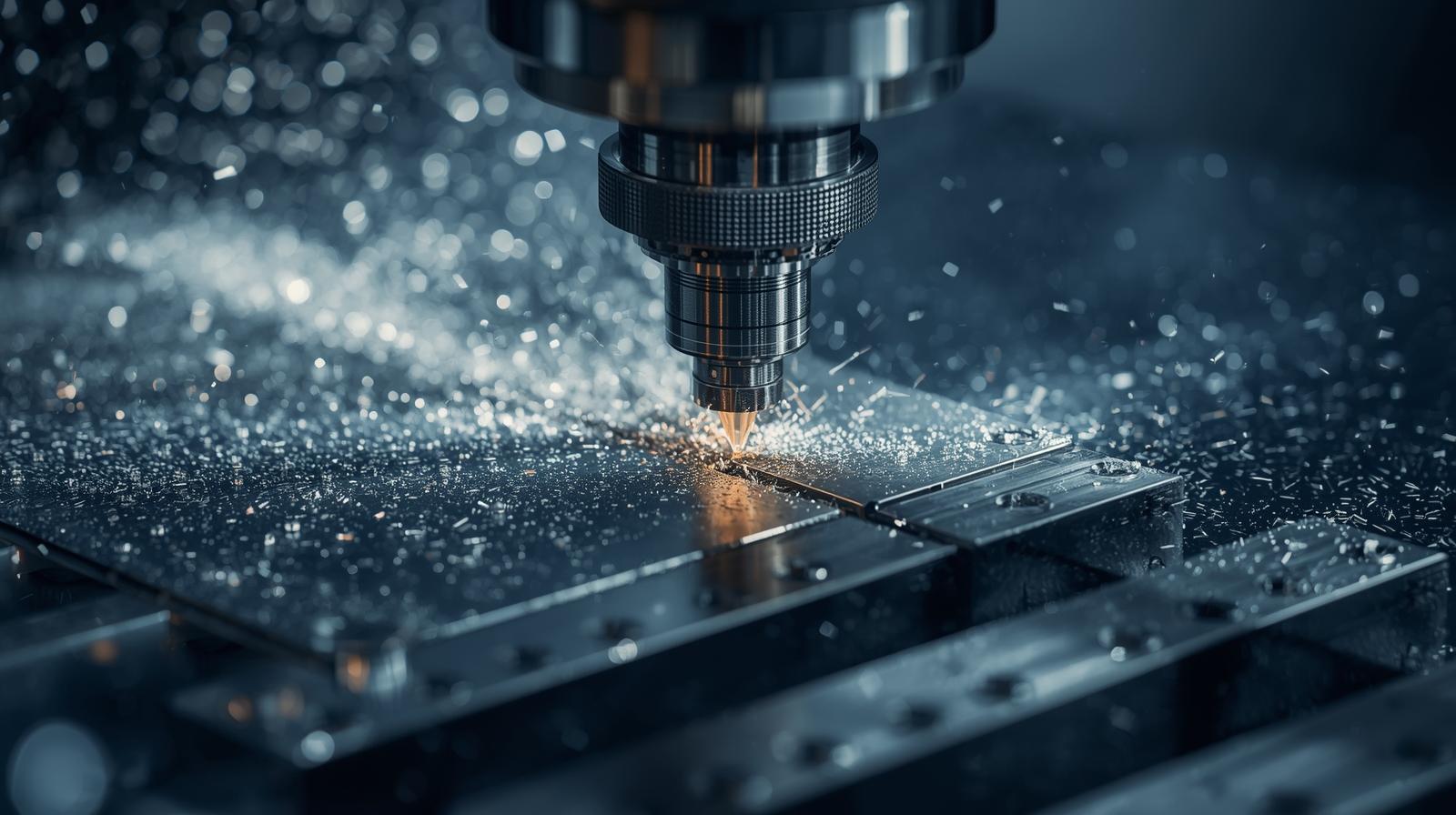
Design Precision in CNC Machining Parts: From CAD Tolerance to Real-world Fit
The Hidden Gap Between Design and Manufacturing Reality
Every engineer begins with a perfect CAD model—sharp edges, defined tolerances, flawless fits. Yet when the digital blueprint meets the physical world, microscopic deviations can transform precision into imperfection.
In high-performance sectors like automotive, aerospace, or robotics, a 0.02 mm tolerance drift can mean assembly interference, friction, or mechanical noise. This is where true CNC mastery begins—not at the screen, but at the spindle.
Jingle understands that precision isn’t just about numbers; it’s about translating design intent into functional reliability, ensuring that every machined component aligns, fits, and performs as expected under load and temperature variation.
Translating CAD Tolerances into Real-world Precision
Tolerance definition is the foundation of functional design. But tolerance achievement depends on how machining processes respond to heat, vibration, and tool wear.
Key Factors in Real-world Tolerance Performance:
-
Material Behavior: Aluminum expands faster than steel, requiring dynamic offset adjustments.
-
Thermal Control: Machine bed temperature can affect micrometer-level accuracy during long runs.
-
Tool Deflection: Cutting forces slightly bend tool paths—compensated through adaptive CNC algorithms.
-
Surface Finish Quality: Rougher finishes increase friction and misalignment during assembly.
Each factor defines the bridge between “designed” and “delivered.” Advanced process monitoring at Jingle ensures that this bridge never collapses.
Comparative Engineering: Traditional vs. Controlled CNC Production
| Aspect | Traditional Machining | Jingle CNC Process |
|---|---|---|
| Tolerance Deviation | ±0.05–0.10 mm | ±0.01–0.02 mm repeatable |
| Tool Calibration | Manual adjustment | Automated laser calibration |
| Thermal Drift | Uncontrolled | Real-time temperature compensation |
| Surface Roughness (Ra) | 1.6–3.2 μm | ≤0.8 μm precision finish |
| Quality Assurance | Sample check | Full 3D coordinate measurement (CMM) |
Through continuous calibration and closed-loop control, Jingle achieves repeatability within 10 microns, even in multi-axis production environments.
Design-to-Manufacture Integration: Why It Matters
In modern OEM production, design precision directly affects downstream processes—assembly, sealing, vibration control, and even logistics.
When tolerance alignment is off:
-
Bearings wear prematurely.
-
Shafts misalign under load.
-
Housing assemblies require costly rework.
Jingle integrates DFM (Design for Manufacturability) and SPC (Statistical Process Control) principles to ensure that CAD data converts seamlessly into machine code, and machine output aligns with engineering intent.
This integration minimizes rework rates by up to 30%, while maintaining ISO 2768-mK and ISO 9001-certified accuracy.
Practical Selection Guide: Matching CNC Precision to Project Needs
| Application Scenario | Recommended Precision Range | Material Example | Notes |
|---|---|---|---|
| Automotive Housing Parts | ±0.03 mm | Cast Aluminum | Balances strength and lightness |
| Robotics or Automation Shafts | ±0.01 mm | Stainless Steel | Ensures smooth bearing fit |
| Industrial Fastener Threads | ±0.05 mm | Alloy Steel | Cost-effective standard tolerance |
| Aerospace Components | ±0.005 mm | Titanium Alloy | Requires 5-axis micro milling |
| Hydraulic Valve Bodies | ±0.02 mm | Brass / Bronze | Tight sealing tolerance critical |
When tolerance goals exceed material limits, Jingle’s engineers collaborate with clients to adjust surface treatment, machining sequence, or secondary finishing to maintain both precision and economy.
Technical Q&A: Precision Challenges Explained
Q1: Why does tolerance stack-up occur in multi-part assemblies?
Because each component’s slight deviation accumulates, leading to misalignment or stress concentration. Proper GD&T and inspection at each stage prevent this issue.
Q2: How does Jingle manage repeatability in mass production?
Through in-process feedback sensors and CNC compensation systems that detect and correct deviations before final finishing.
Q3: What’s the role of surface finishing in functional fit?
Smooth surfaces reduce friction and micro-corrosion, especially in components under dynamic or rotational load.
Q4: Is 5-axis machining always necessary for tight tolerances?
Not always—multi-axis setups improve access and precision, but smart fixturing and adaptive path control can achieve similar results in 3-axis systems.
Engineering Precision as a Competitive Advantage
Precision is more than a technical metric—it’s a business advantage. Every micron of control translates into faster assembly, longer lifespan, and fewer warranty claims.
At Jingle, our CNC machining systems, precision inspection, and engineering team align design with reality—ensuring each component not only fits but performs for the long run.
To learn how Jingle’s CNC machining solutions enhance your production efficiency and component reliability, visit our homepage or connect with our engineers through the contact page


